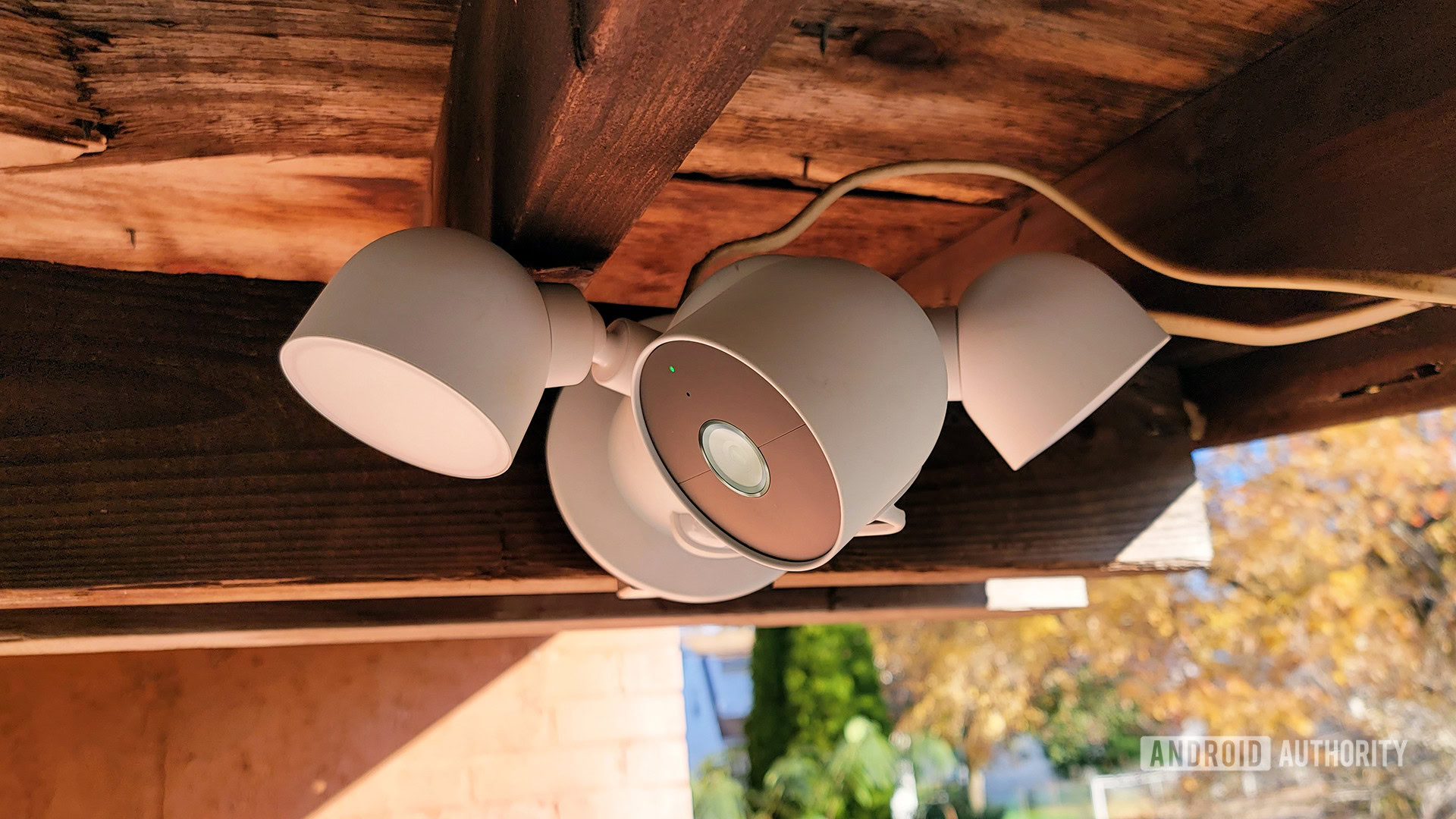Affiliate links on Android Authority may earn us a commission. Learn more.
Can you connect Nest devices to Alexa? Yes, here's how
While Amazon and Google are normally rivals in the smart home space, they do make concessions to each other out of practical necessity — after all, you can sell more cameras and thermostats if they support multiple platforms. So do Google Nest products work Alexa? The answer is yes, but only some of them. Here’s how to connect the ones that do work.
QUICK ANSWER
You can link (compatible) Google Nest devices with Alexa by enabling their associated skill. Once Nest devices are linked to your Google account, open the Alexa mobile app, then navigate to More > Skills and Games and search for "Google Nest." Tap on the listing and follow button prompts to link with Google.
JUMP TO KEY SECTIONS
How to connect your Nest devices to Alexa
As with any third-party Alexa accessory, the key is enabling an associated “skill,” in this case the Google Nest skill. You can do that through its Amazon web listing, or else by using the Alexa mobile app. In the app:
- Select the More tab, then Skills and Games.
- Using the search field up top to search for “Google Nest.”
- Tap on its listing, and you should see a button to enable the skill.
- Follow prompts to link your Google account.
Once this is done, any compatible Google Nest devices linked to your Google account will be automatically imported into Alexa. That does mean that they have to have been set up in the Google Home app first, but the advantage is that if you remove a device in Home, that change will carry over to Alexa. If you add more Nest devices, you’ll have to use the “Alexa, discover my devices” voice command to make them show up in the Alexa app.
Which Google Nest devices work with Alexa?

Only Nest Cams, Doorbells, and Thermostats are supported in Alexa at the moment. Some sample voice commands for Cams and Doorbells include:
- “Alexa, show the [camera/doorbell name].” This streams Cam or Doorbell footage to an Echo Show or Fire TV.
- “Alexa, answer the [doorbell name/location].” This initiates two-way talk.
- “Alexa, stop.”
Nest Thermostats support a variety of commands based on how many you have and where they’re located. If you only have one, you can say something like “Alexa, set the thermostat to 71 degrees,” or “Alexa, set the temperature to 68.” Otherwise you’ll want to refer to the room a Nest is located in — e.g. “Alexa, set the Upstairs temperature to 68,” or “Alexa, set the Basement to 72.”
Some other Thermostat controls include:
- “Alexa, what’s the temperature in [thermostat location]?”
- “Alexa, increase/decrease the temperature by [amount].”
- “Alexa, make my [thermostat name] warmer/colder.” If you don’t specify an amount, the default change is 2F or 1C.
- “Alexa, set the [thermostat name] to Heat/Cool/Heat-Cool mode.”
Cross-platform support will hopefully improve in the near future. Both Amazon and Google are backers of Matter, a recently-launched network protocol that lets branded accessories work on any major smart home platform. It will take time for the standard to spread to all device categories.
FAQs
Google is phasing out the Nest app, so chances are anything compatible with Alexa is already set up in Google Home. If you do have a Nest account, follow instructions to migrate it to a Google account.
There’s no easy answer to this one beyond the fact that they don’t support Alexa’s audio/video technology, and vice versa. It’s likely a deliberate move in the interest of product sales.
There are a few ways, the easiest being to disable the Google Nest skill following the same steps used to activate it. You can also go into the Google Home app, then navigate to Settings > Partner Connections > Amazon Alexa and choose Remove Amazon access. You also have the choice of removing devices from Alexa one-by-one, but they may resurface when Alexa scans for new hardware.